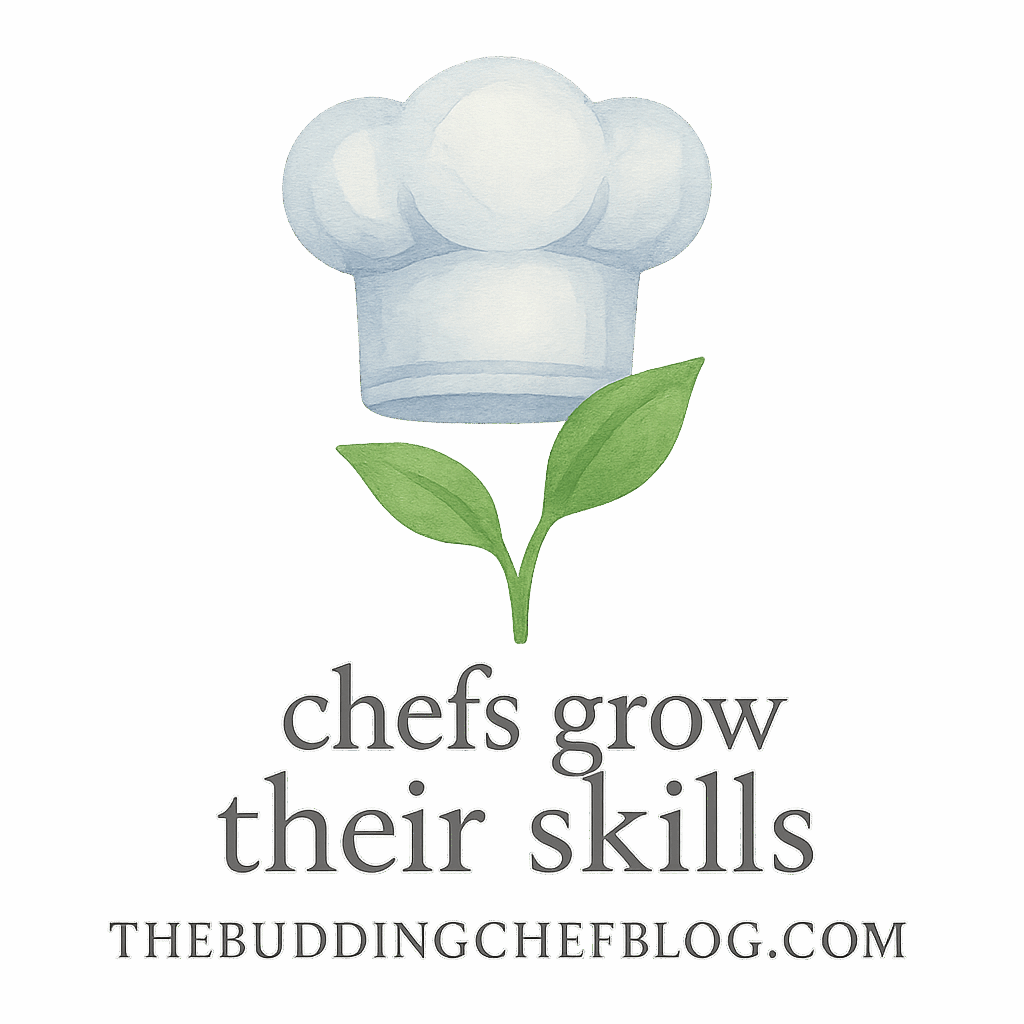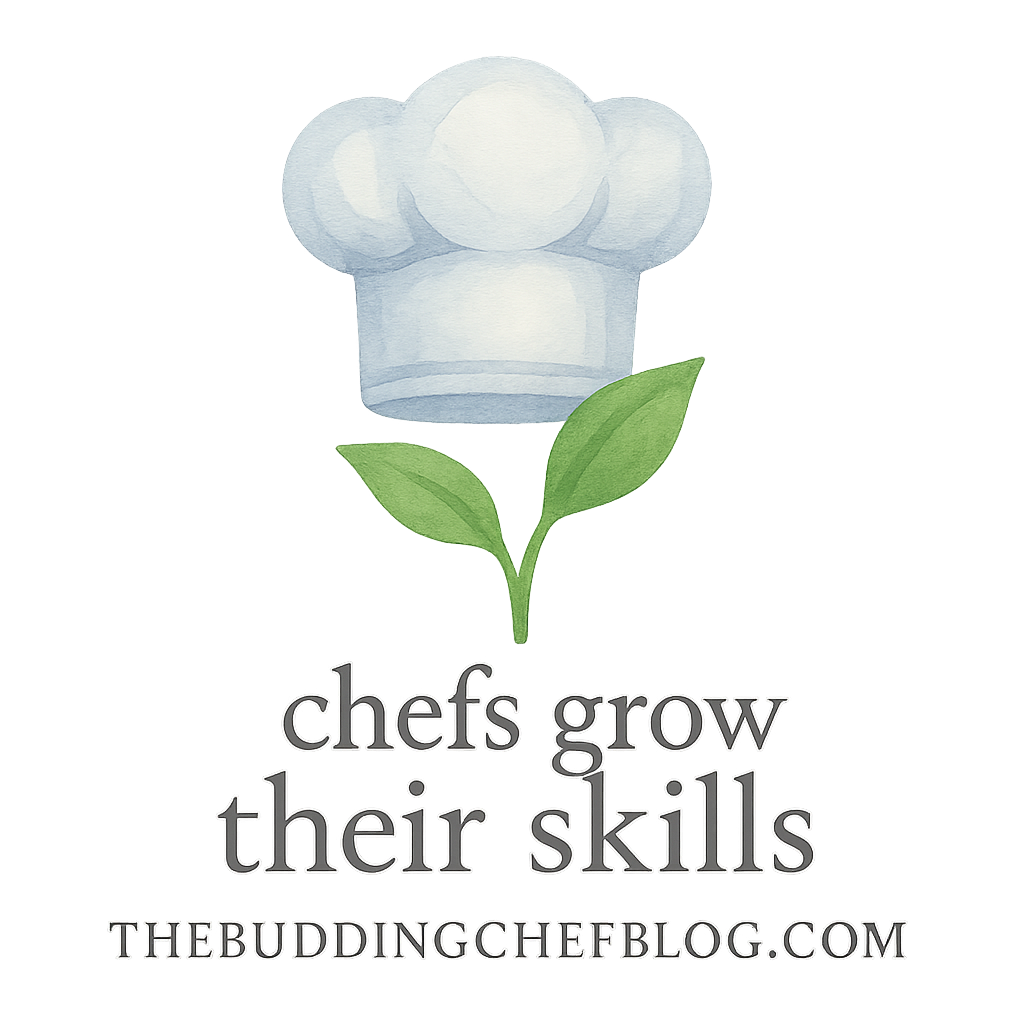Stepping into the kitchen for the first time as a new cook can be a mix of excitement and confusion. You want to make delicious meals, but you’re not sure what tools you need to get started. Sound familiar? If so, you’re in the right place. Let’s break down the 8 cookware must-haves for beginner chefs that will make your cooking journey smooth, affordable, and enjoyable.
Why the Right Cookware Matters
Starting with the right cookware is like learning to drive with a reliable car—it boosts your confidence and sets you up for success. The goal isn’t to buy everything at once, but to invest in a few essential tools that will last and help you master the basics. This is especially helpful if you’re following guides on basic cooking techniques or recipe practice.
Getting Started with Your Kitchen Arsenal
Budgeting Smart for Beginners
No need to break the bank! Many beginner chefs fall into the trap of buying full 20-piece cookware sets, but guess what? You’ll probably use only 5 or 6 pieces regularly.
Check out these affordable and budget-friendly options that meet the needs of beginner chefs without compromising quality.
What to Avoid When Buying Cookware
Don’t be lured by flashy ads. Avoid non-branded tools, overly fancy items, or cheap plastic sets. Instead, focus on quality basics like the items below.
1. Non-Stick Skillet: Your Everyday Hero
If you buy one pan, make it a non-stick skillet. It’s the easiest and most versatile tool for cooking eggs, sautéing veggies, and making pancakes.
Best Uses and Why You Need It
Perfect for quick meals and sticky foods. Great for those still learning cooking techniques and don’t want their eggs glued to the pan.
Cleaning and Maintenance Tips
Use wooden or silicone tools to avoid scratching, and always wash it with a soft sponge. Never overheat it!
2. Saucepan: Small But Mighty
A saucepan is essential for boiling pasta, heating soups, making sauces, or cooking grains like rice and quinoa.
Ideal Uses for a Saucepan
Use it daily for small-batch cooking. It’s the go-to pot for busy weeknights.
Size Matters: What to Choose
Start with a medium-sized (2-3 quart) version—big enough to be useful, small enough to store easily.
3. Stockpot: Soups, Stews & Batch Cooking
Love making big meals or freezing leftovers? You need a stockpot.
Why Stockpots Are a Game-Changer
They’re perfect for soups, pasta, broth, and chili. If you’re meal planning, this is your MVP.
Stockpot vs Dutch Oven: What’s the Difference?
Stockpots are lighter and usually larger. Dutch ovens are heavier and better for baking or slow cooking, but both are must-haves for cooking chefs.

4. Cast Iron Skillet: Built to Last
The heavyweight champion of the kitchen. Once you learn how to use a cast iron skillet, you’ll wonder how you ever lived without it.
Cooking Techniques with Cast Iron
From searing meat to baking cornbread, this pan holds heat like a champ. It’s a staple in most professional kitchens.
Caring for Your Skillet
Keep it seasoned! Avoid dish soap, and dry it immediately after washing to prevent rust.
5. Baking Sheet: Not Just for Cookies
Think baking sheets are only for cookies? Think again.
Versatile Uses You Probably Didn’t Know
Use them to roast veggies, bake chicken, toast nuts, or even catch drips from casseroles.
Choosing the Right Material
Look for sturdy, non-warping aluminum sheets. They last longer and bake more evenly.
6. Knife Set: A Chef’s Best Friend
Good knives = better prep = better meals.
Essential Knives You Actually Need
No need for a dozen blades. Start with:
- Chef’s knife
- Paring knife
- Serrated knife
That’s it! These cover all the basics from dicing onions to slicing bread.
Proper Knife Maintenance
Keep them sharp! A dull knife is more dangerous than a sharp one. Use a honing steel regularly and store them safely.
7. Cutting Board: More Important Than You Think
It may not be flashy, but your cutting board is one of the most-used tools in your kitchen.
Why Material Matters
Go for wood or BPA-free plastic. Avoid glass—it dulls your knives and is unsafe if it cracks.
Safe Cutting Board Habits
Use different boards for meat and veggies. Or choose color-coded ones. Bonus points if it’s dishwasher-safe.
8. Mixing Bowls: The Unsung Heroes
From marinating meat to whisking batter, mixing bowls are behind every great dish.
What Sizes to Keep in Your Kitchen
Get a set with small, medium, and large sizes. You’ll use them all, promise.
Metal, Glass, or Plastic?
Metal for durability, glass for microwave use, and plastic for lightweight tossing. Ideally, keep all three if you can.
Building Your Beginner Cookware Set the Smart Way
How to Prioritize When You’re on a Budget
Start with:
- Non-stick skillet
- Saucepan
- Chef’s knife
- Cutting board
Then add the rest as you grow. Check out our full list of essentials for beginner chefs.
Tips to Upgrade Over Time
As your skills improve, explore the professional growth section on The Budding Chef Blog to find advanced cookware and recipes to match your level.
Cookware Mistakes to Avoid
Don’t Overbuy Too Soon
Buying everything at once often leads to clutter and wasted money. Stick to what you actually need now.
Quality vs Quantity
Invest in fewer, better-quality pieces. Trust us, they’ll last longer and make your life easier in the kitchen.
Conclusion
Cooking is like any other skill—it takes time, practice, and the right tools. With these 8 cookware must-haves, you’ll have everything you need to cook like a pro in your own kitchen. So go ahead, explore your culinary curiosity, avoid common mistakes, and grow into a confident chef one meal at a time. Ready to start your journey? Visit The Budding Chef Blog for more tips, tricks, and beginner challenges!
FAQs
1. What cookware should I buy first as a beginner chef?
Start with a non-stick skillet, saucepan, chef’s knife, and a cutting board—these will cover 80% of your cooking.
2. Is it worth investing in cast iron cookware as a beginner?
Yes! It’s versatile and durable. Just be prepared to learn how to care for it properly.
3. What size stockpot should I buy?
A 6–8 quart stockpot is ideal for most home kitchens and works great for soups and pastas.
4. Can I cook everything with just a non-stick skillet?
You can do a lot with it, but you’ll eventually need other cookware for baking, boiling, and larger meals.
5. Are expensive cookware sets better for beginners?
Not necessarily. Focus on quality over brand names. Many affordable sets are perfect for beginner chefs.
6. What’s the best material for mixing bowls?
Metal is durable, glass is microwave-safe, and plastic is light and budget-friendly. Choose based on your needs.
7. Where can I learn more about using these tools?
Explore guides on kitchen tools & equipment and improve your cooking skills step by step.


